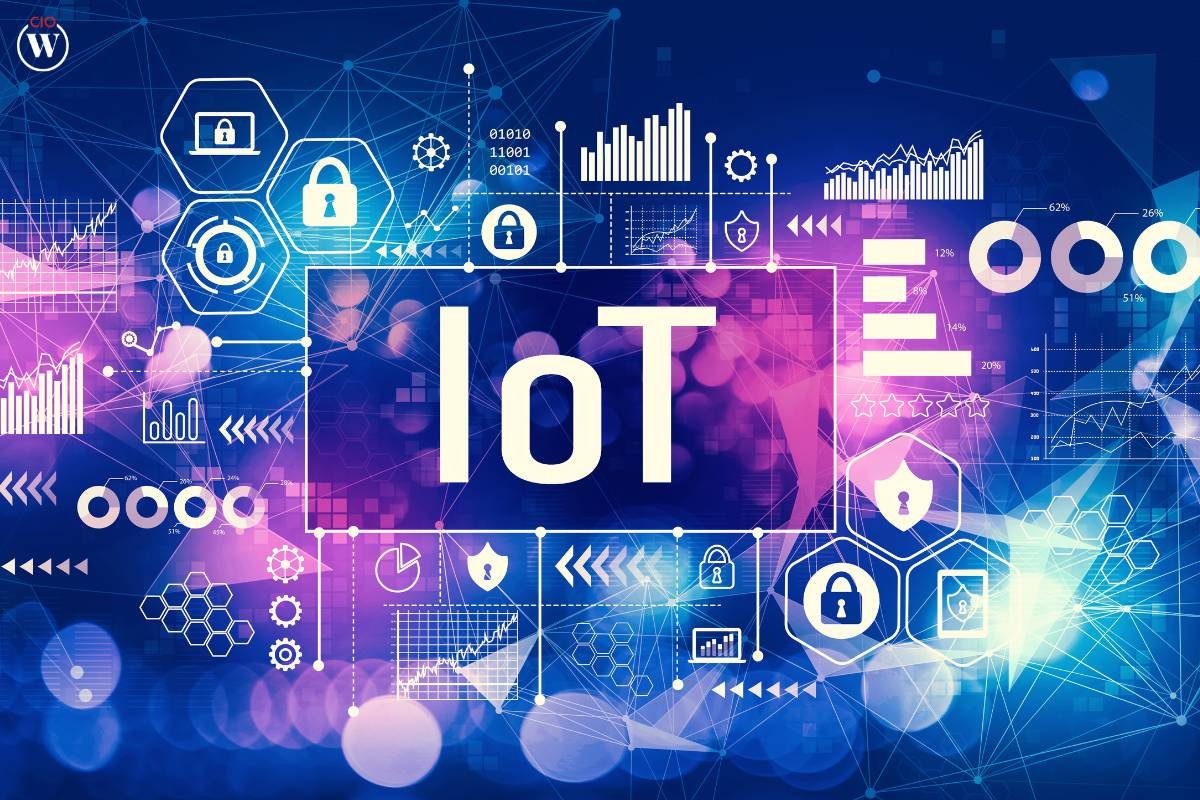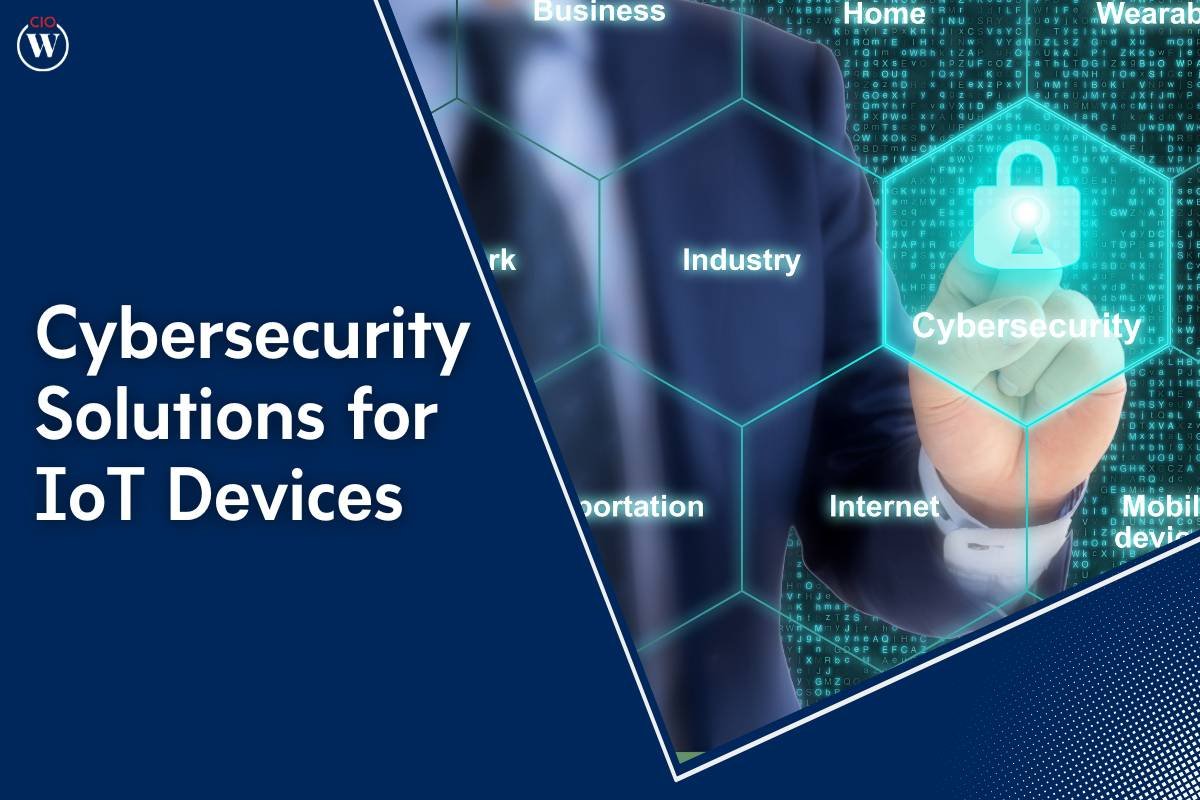In today’s interconnected world, the proliferation of Internet of Things (IoT) devices has brought about unprecedented convenience and efficiency. From smart thermostats to wearable fitness trackers, IoT devices have seamlessly integrated into our daily lives, revolutionizing how we interact with technology. However, with this convenience comes a significant challenge: ensuring the security and privacy of these interconnected devices. Cybersecurity Solutions for IoT Devices have become paramount in safeguarding the backbone of the digital age.
Understanding the Vulnerabilities
IoT devices are characterized by their ability to collect and exchange data over the internet, often without requiring human intervention. While this connectivity offers immense benefits, it also opens up a myriad of vulnerabilities that malicious actors can exploit. One of the primary concerns is the sheer volume of IoT devices deployed worldwide, many of which lack robust security measures. These devices often have limited processing power and memory, making them susceptible to cyber-attacks such as malware, ransomware, and botnets.
Addressing the Challenges

To mitigate these risks, cybersecurity solutions for IoT devices are essential. These solutions encompass a range of strategies and technologies designed to enhance the security posture of IoT ecosystems. One such approach is the implementation of robust encryption protocols to secure data transmitted between devices and backend servers. By encrypting sensitive information, organizations can thwart eavesdropping and unauthorized access attempts, thereby safeguarding user privacy and confidentiality.
Authentication and Access Control
Another critical aspect of cybersecurity solutions for IoT devices is authentication and access control. Weak or default passwords pose a significant threat, as they can be easily exploited by attackers to gain unauthorized access to devices. Implementing strong authentication mechanisms, such as multi-factor authentication (MFA) and biometric verification, can significantly reduce the risk of unauthorized access. Additionally, organizations should enforce strict access control policies to limit the privileges of users and devices within the IoT network.
Firmware and Software Updates
Regular firmware and software updates are essential for maintaining the security of IoT devices. Manufacturers often release patches and security updates to address newly discovered vulnerabilities and strengthen the device’s defenses against emerging threats. However, many users fail to apply these updates promptly, leaving their devices vulnerable to exploitation. To address this challenge, organizations should implement automated update mechanisms that ensure the timely installation of patches and security fixes across all deployed devices.
Network Segmentation and Firewalls
Network segmentation plays a crucial role in IoT security by isolating devices into separate sub-networks based on their functionality and security requirements. This segmentation helps contain potential breaches and limit the lateral movement of attackers within the network. Additionally, deploying firewalls at the perimeter and within the IoT network can further bolster security by filtering out malicious traffic and blocking unauthorized communication attempts.
Behavioral Analytics and Anomaly Detection

Behavioral analytics and anomaly detection technologies are increasingly being employed to enhance the security of IoT environments. These solutions analyze patterns of device behavior and network traffic to identify deviations from normal activity, which may indicate a potential security threat. By leveraging machine learning algorithms and AI-driven analytics, organizations can detect and respond to anomalous behavior in real time, thereby minimizing the risk of data breaches and cyber-attacks.
Security by Design
Incorporating security principles into the design and development of IoT devices is essential for building a strong foundation for cybersecurity. By adopting a “security by design” approach, manufacturers can proactively identify and mitigate security risks throughout the product lifecycle. This involves conducting comprehensive risk assessments, adhering to secure coding practices, and implementing security controls at every stage of development. By prioritizing security from the outset, organizations can minimize the likelihood of vulnerabilities being introduced into IoT devices.
Collaboration and Information Sharing
Cybersecurity is a collective effort that requires collaboration and information sharing among stakeholders across industries. By sharing threat intelligence, best practices, and lessons learned, organizations can collectively strengthen their defenses against cyber threats. Collaborative initiatives such as industry partnerships, information-sharing forums, and cybersecurity consortia play a vital role in fostering a culture of security and resilience within the IoT ecosystem.
Regulatory Compliance
Compliance with regulatory requirements and industry standards is crucial for ensuring the security and privacy of IoT devices. Regulations such as the General Data Protection Regulation (GDPR) and the California Consumer Privacy Act (CCPA) impose strict requirements on the collection, storage, and processing of personal data, including data collected by IoT devices. Organizations must ensure that their IoT deployments comply with relevant regulations and standards to avoid potential legal and financial repercussions.
Continuous Monitoring and Incident Response

Effective cybersecurity solutions for IoT devices require continuous monitoring of IoT devices and networks to detect and respond to security incidents promptly. Implementing robust monitoring solutions allows organizations to proactively identify suspicious activity, investigate potential threats, and mitigate security breaches before they escalate. In addition, organizations should develop comprehensive incident response plans that outline procedures for containing, investigating, and recovering from security incidents involving IoT devices.
Conclusion
Cybersecurity Solutions for IoT Devices are essential for safeguarding the integrity, confidentiality, and availability of interconnected devices in the digital age. By implementing robust security measures such as encryption, authentication, firmware updates, network segmentation, and behavioral analytics, organizations can strengthen the resilience of their IoT ecosystems against evolving cyber threats. Collaboration, regulatory compliance, and continuous monitoring are also critical components of a comprehensive IoT security strategy. Ultimately, by prioritizing cybersecurity, organizations can harness the full potential of IoT technology while mitigating the inherent risks posed by interconnected devices.









